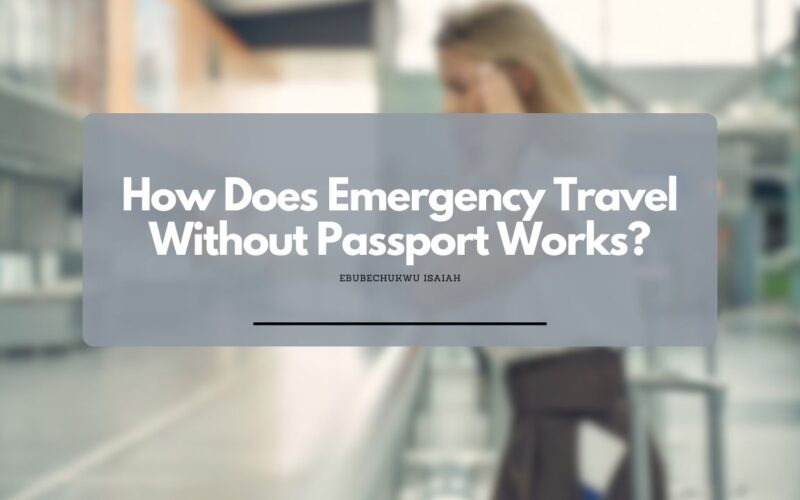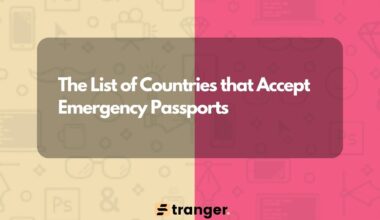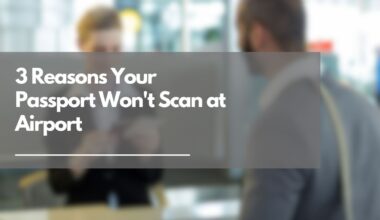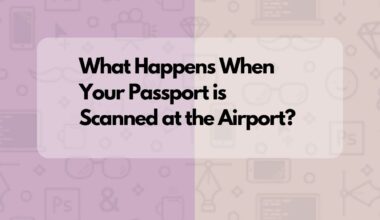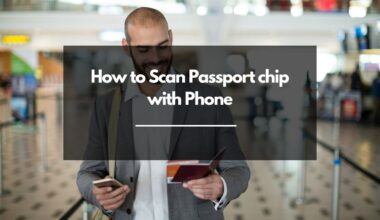As an Amazon Associate, I earn a small commission from qualifying purchases. Learn more about this.
Have you ever thought about what happens if you need to travel urgently but can’t find your passport?
It sounds like a tough situation, right?
Well, it’s more common than you might think, and there are solutions.
I’ve been in this situation before, and I’ll share with you the simple process of traveling in an emergency when you don’t have a passport.
Step 1: Report the Loss or Theft
The moment you no longer have your passport with you, the first thing you want to do is to make sure you report it immediately.
This would eventually be helpful in situations where you may need a special service like an emergency travel – our topic of the day.
You can easily do this by heading straight to the nearest police station.
Don’t worry if you’re not fluent in the local language; many police stations in tourist areas have officers who speak English or they can get a translator.
At the police station, explain what happened.
Was your passport lost, or do you think someone stole it? Give them as many details as possible – where you think you lost it, the last time you used it, and any suspicious things you noticed.
The officers will write all this down and give you a police report.
This document is super important. It’s proof that you reported the loss or theft, and you’ll need it when you go to your embassy or consulate.
Reporting your passport as missing also has another benefit. It prevents anyone else from using your passport illegally.
If someone finds it or if it was stolen, they can’t use it to travel or commit crimes in your name.
Step 2: Visit Your Embassy or Consulate
Once you have your police report, the next step is to visit your country’s embassy or consulate
This might sound intimidating, but it’s simpler than you think.
Embassies and consulates are there to help citizens in situations just like this.
You can find their location and contact information online, or ask at your hotel for guidance.
If you’re from the US or going to the US, you could use the US embassy’s official list of their locations and contact information across countries.
When you visit, bring the police report and any other identification you have with you, like a driver’s license or a copy of your passport if you have one.
The staff at the embassy will guide you through the next steps.
They understand that you’re probably stressed and worried, so they’ll try to make the process as smooth as possible.
At the embassy, they’ll ask you to fill out some forms for an Emergency Travel Document (ETD).
These forms are straightforward – they’ll ask for your personal details, information about your lost passport, and your travel plans.
The embassy staff will also take your photograph for the ETD.
This visit is not just about getting a document; it’s also about ensuring your safety and well-being.
The embassy staff can offer advice on staying safe and managing until you can travel back home.
What if You Can’t Reach the Embassy?
In rare cases, you might be somewhere far from your embassy. In this case, try to contact them by phone or email. They might guide you to the nearest consulate or give you advice on what to do.
Step 3: Get an Emergency Travel Document
After you’ve reported the loss or theft of your passport and visited your embassy or consulate, the next step is obtaining an Emergency Travel Document (ETD).
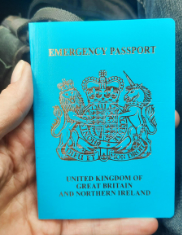
An ETD is a temporary document that allows you to return to your home country.
Although it’s not a full passport, it’s officially recognized for emergency travel.
The process of getting an ETD starts with filling out an application form at the embassy.
You’ll need to provide your personal details, information about your lost or stolen passport, and your travel plans.
Be ready to answer questions about your identity and your situation. It’s all part of making sure the ETD goes to the right person.
The embassy staff will then take your photograph for the ETD.
This might involve a small fee, so it’s wise to have some local currency on hand.
Once your application is processed, which can take from a few hours to a couple of days, you’ll receive your ETD.
Remember, this document is typically valid only for a limited time and for direct travel back to your home country.
It’s essential to plan your return trip accordingly and to check if there are any specific travel routes or restrictions you need to follow.
Step 4: Book Your Travel
With your Emergency Travel Document (ETD) in hand, you’re now ready to book your journey back home.
This step requires a bit of planning and awareness.
First, you need to find a flight. You can do this through an airline’s website, a travel agency, or sometimes, the embassy might offer guidance on booking flights.
When booking your flight, it’s important to remember that not all airlines are familiar with ETDs.
Before you book, confirm with the airline that they accept this document for travel.
You can do this by calling their customer service or checking their website.
Also, keep in mind that some airlines might have specific rules when flying with an ETD, such as requiring direct flights to your home country.
If you’re in a remote area or a small town, getting to an international airport might require additional travel, like a bus or train journey.
Plan this part of your trip carefully.
Consider the time it takes to travel to the airport and any potential delays.
Once your flight is booked, make sure to keep a copy of your ticket, and the details of your flight handy.
This includes the flight number, departure time, and any connecting flight information.
It’s also a good idea to inform someone close to you about your travel plans, so they know when to expect you.
Step 5: Going Through Airport Security
Navigating airport security with an Emergency Travel Document (ETD) can be a bit different from using a regular passport.
When you arrive at the airport, head to the check-in counter first.
Here, present your ETD along with your flight ticket.
The airline staff might take a moment longer to examine your ETD, as it’s less common than a passport.
They’re just making sure everything is in order for your travel.
Next, you’ll go through airport security.
Security personnel may also be curious about your ETD, so be prepared to explain your situation briefly.
Having your police report and any other identification can help if there are questions about your identity or travel documents.
Remember, being patient and cooperative with security staff is key. They’re there to ensure the safety of all travelers.
Once you pass through security, you’ll be in the departure area.
Here, it’s a good idea to double-check your flight details and gate number.
Since you’re traveling under unusual circumstances, stay alert for any announcements or changes to your flight.
At the boarding gate, show your ETD again when boarding the plane. The airline staff might do a final check to ensure all your travel documents are in order.
Going through airport security with an ETD is straightforward when you’re prepared. The key is to remain calm, have all your documents ready, and allow extra time for any additional checks.
